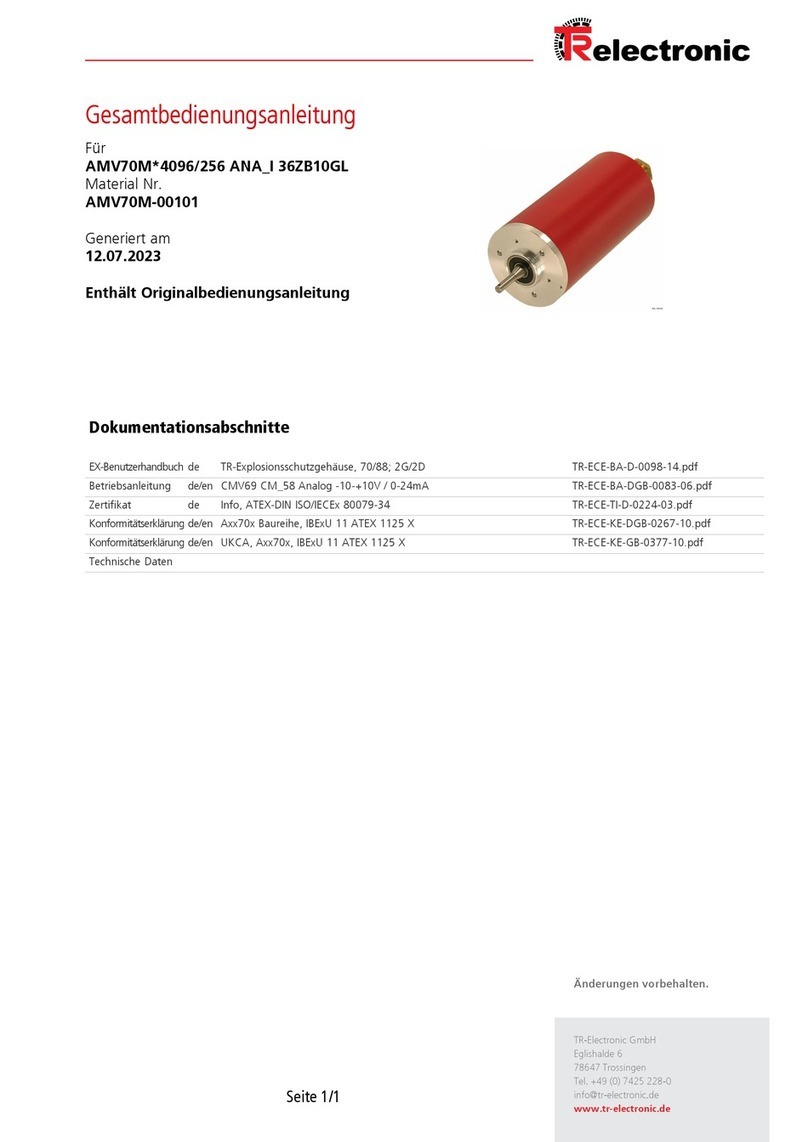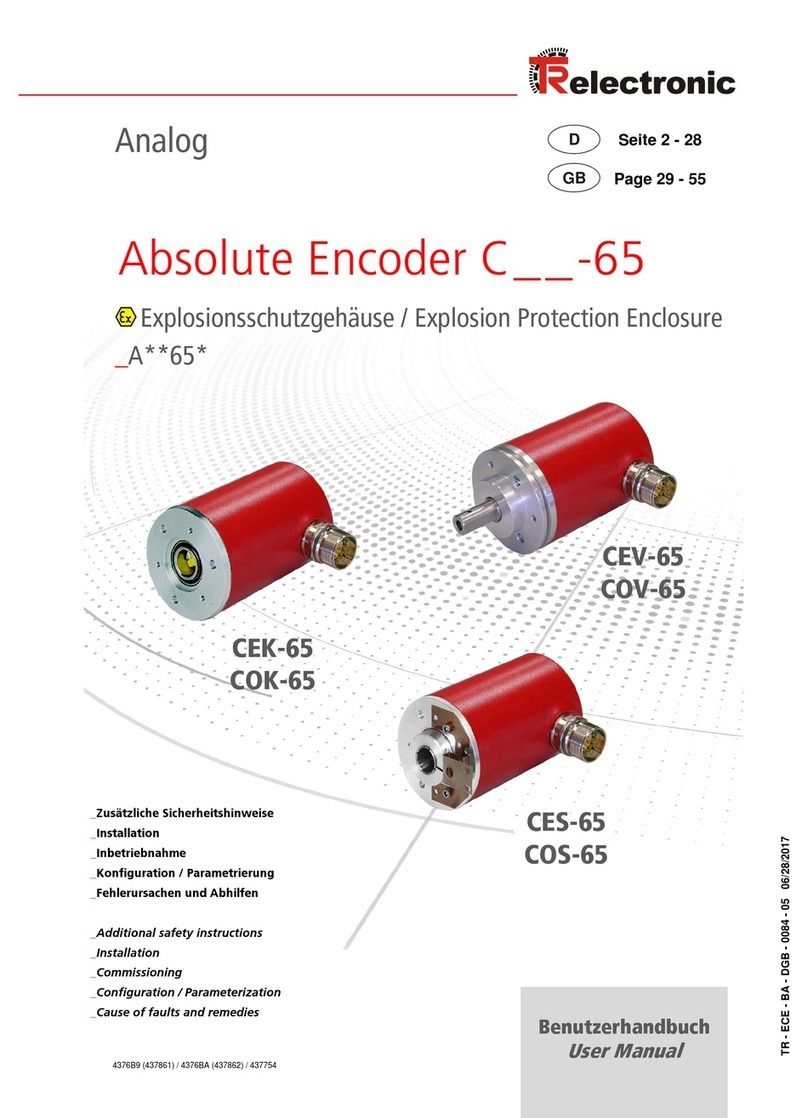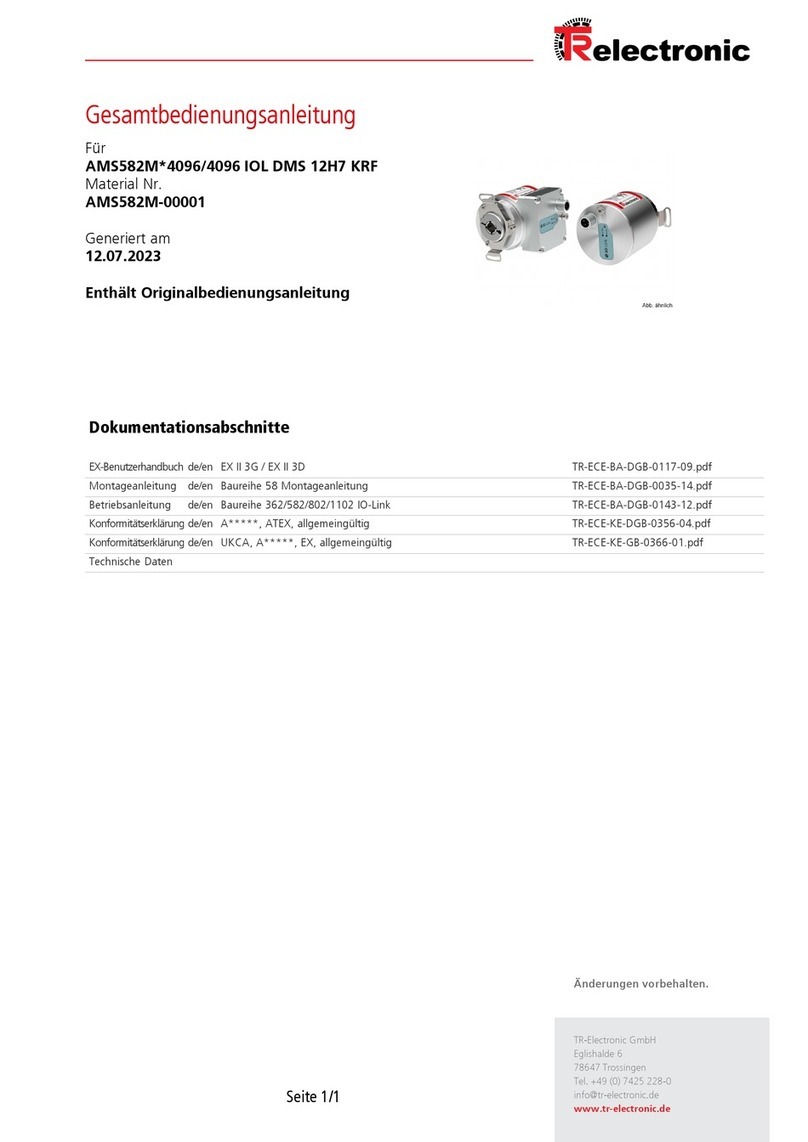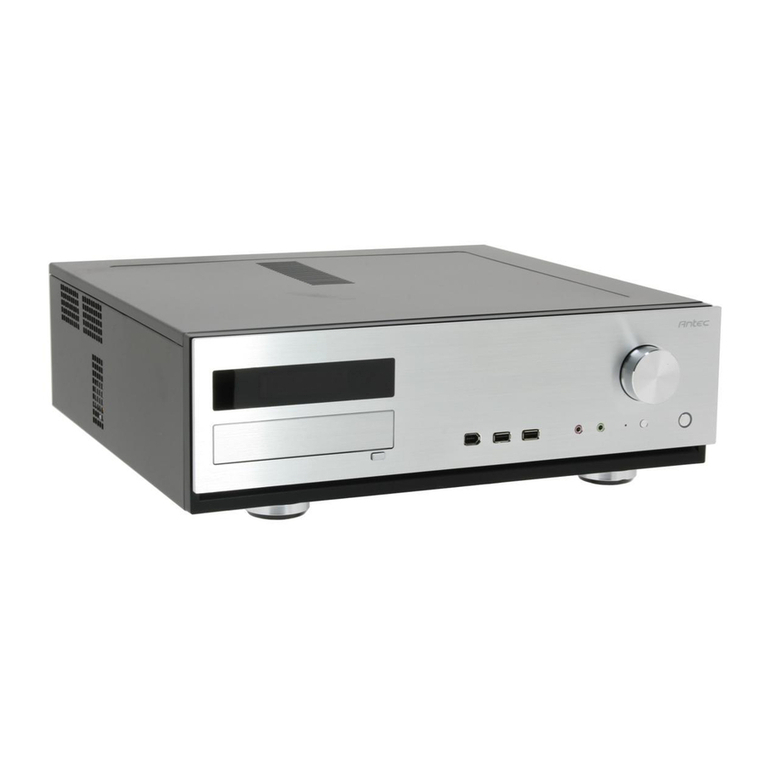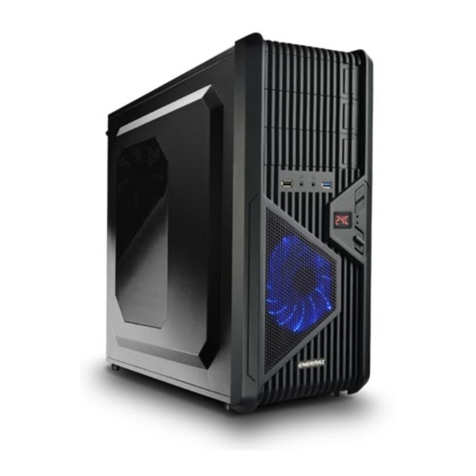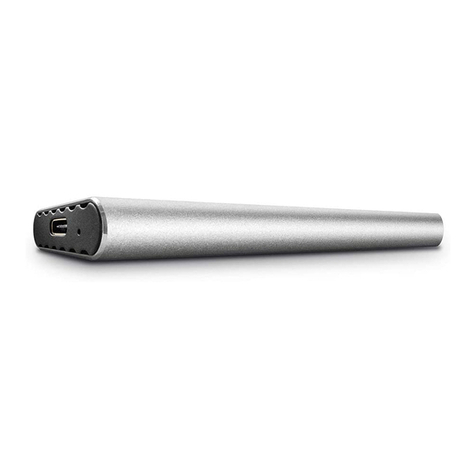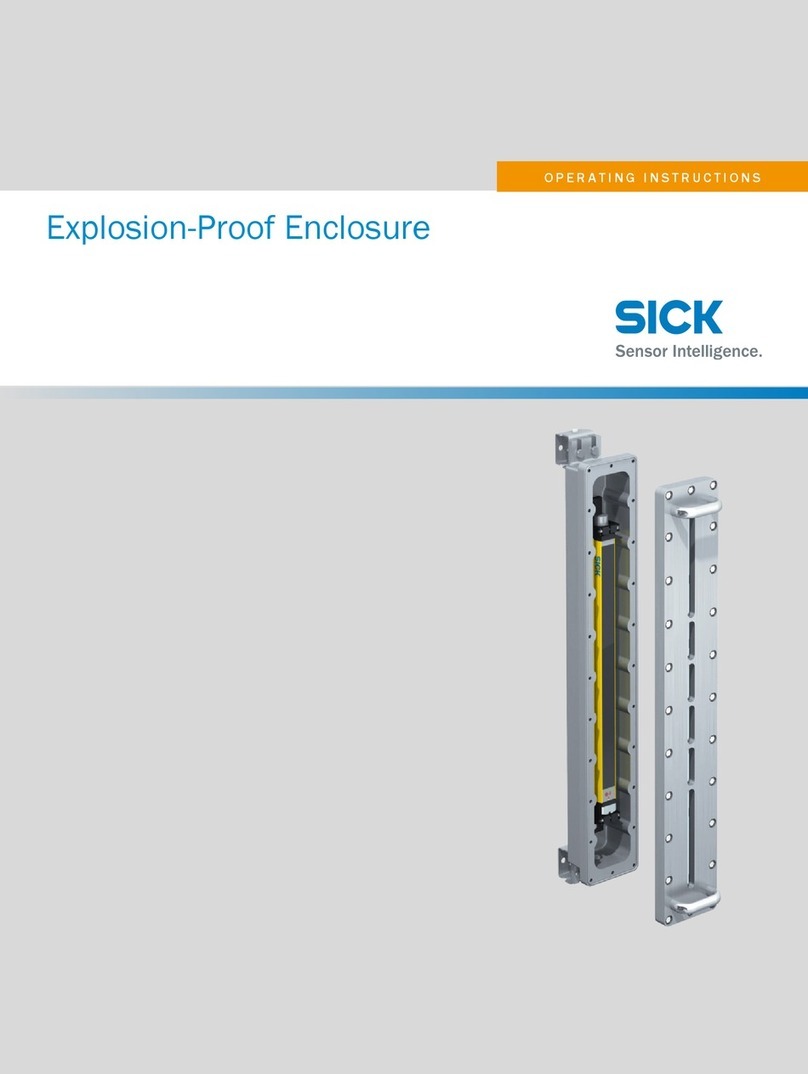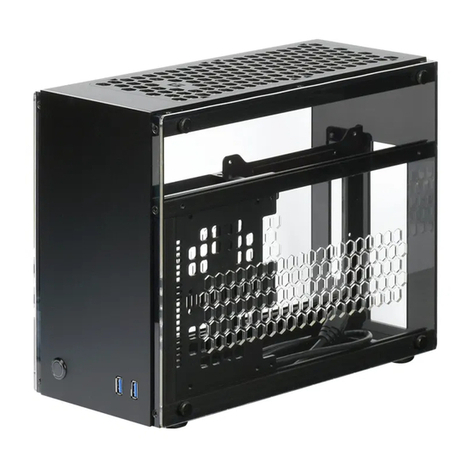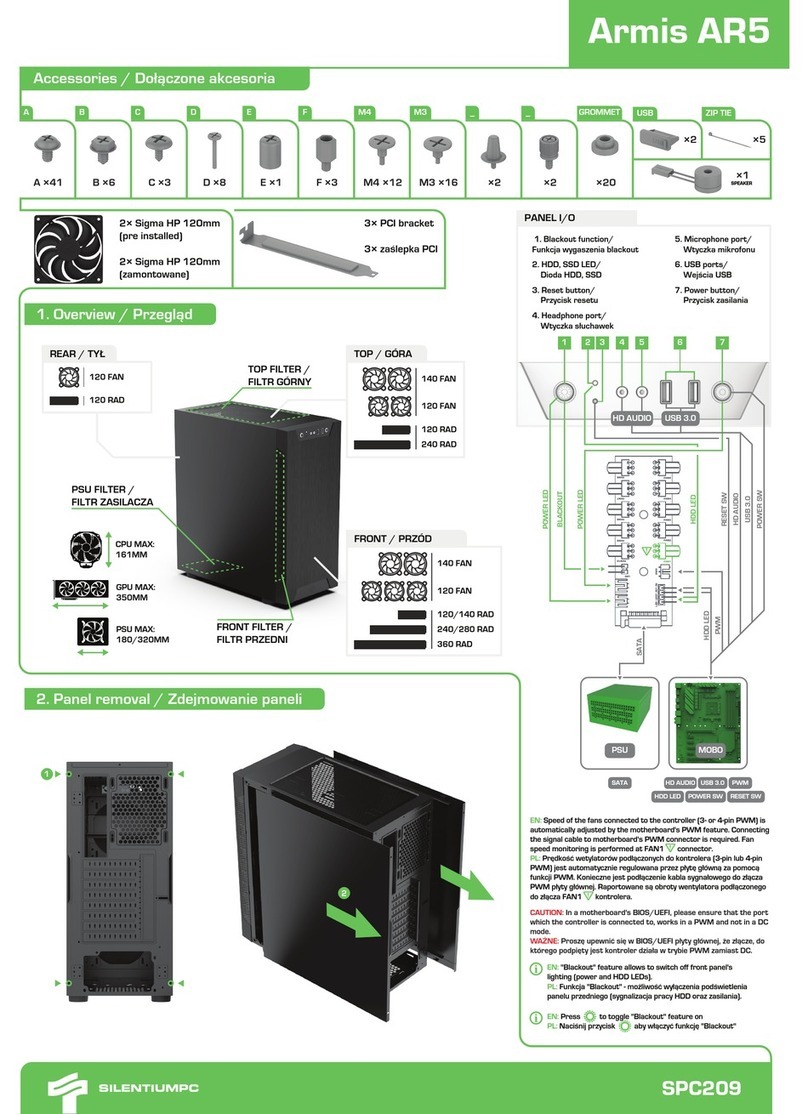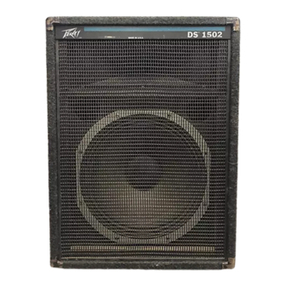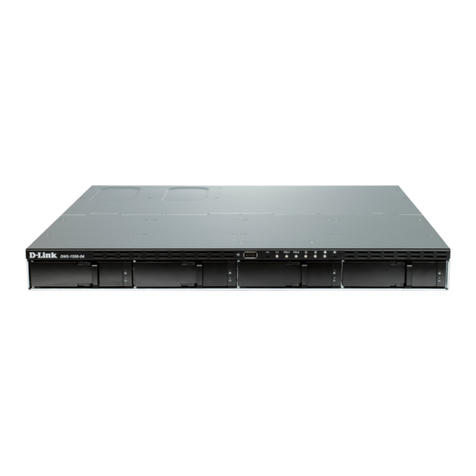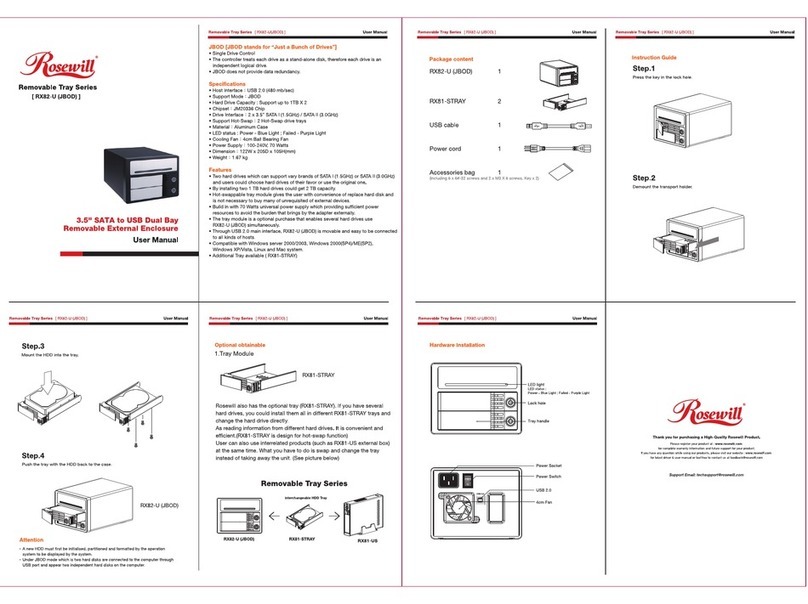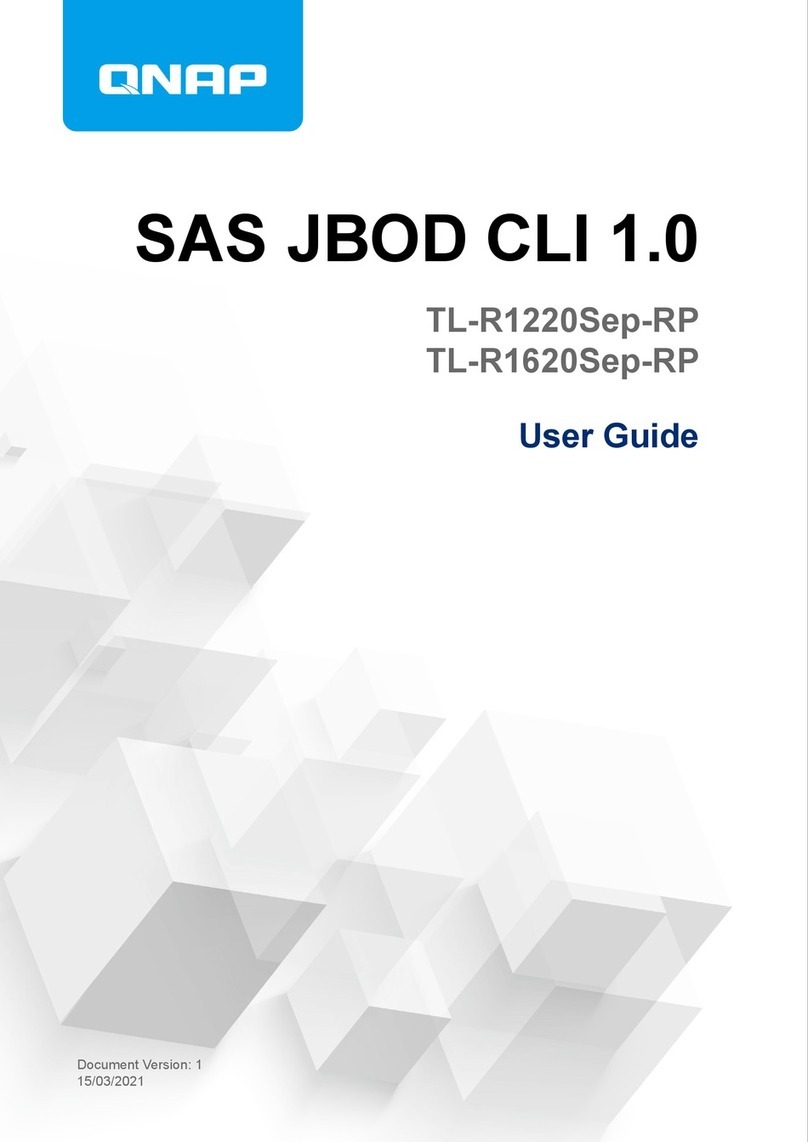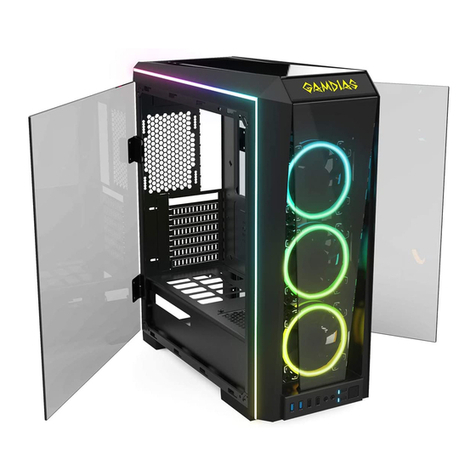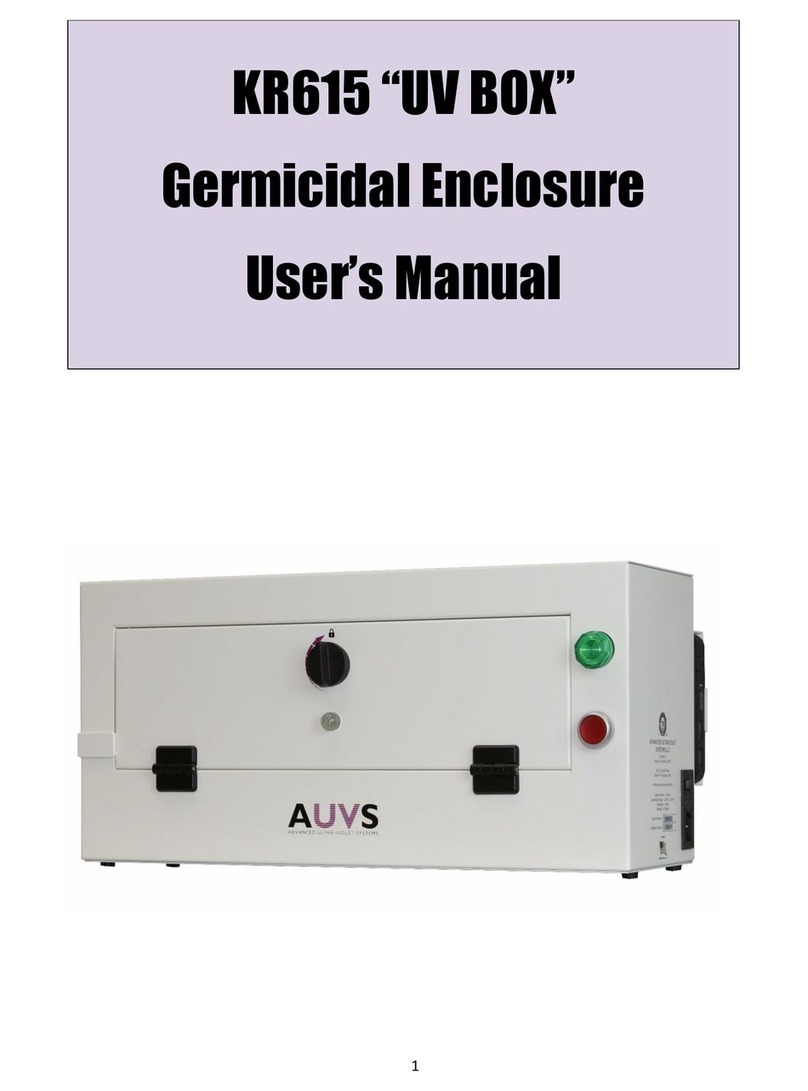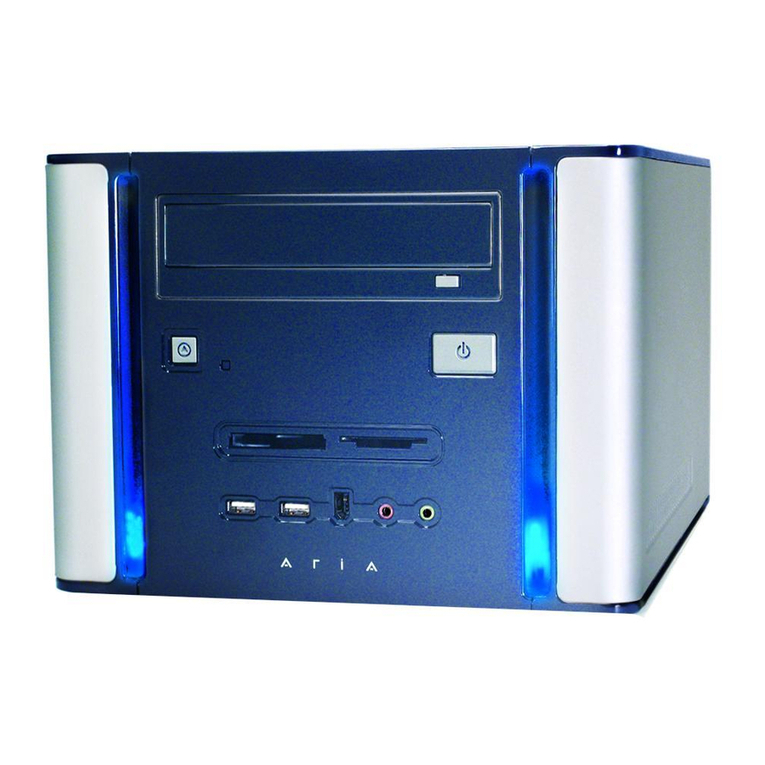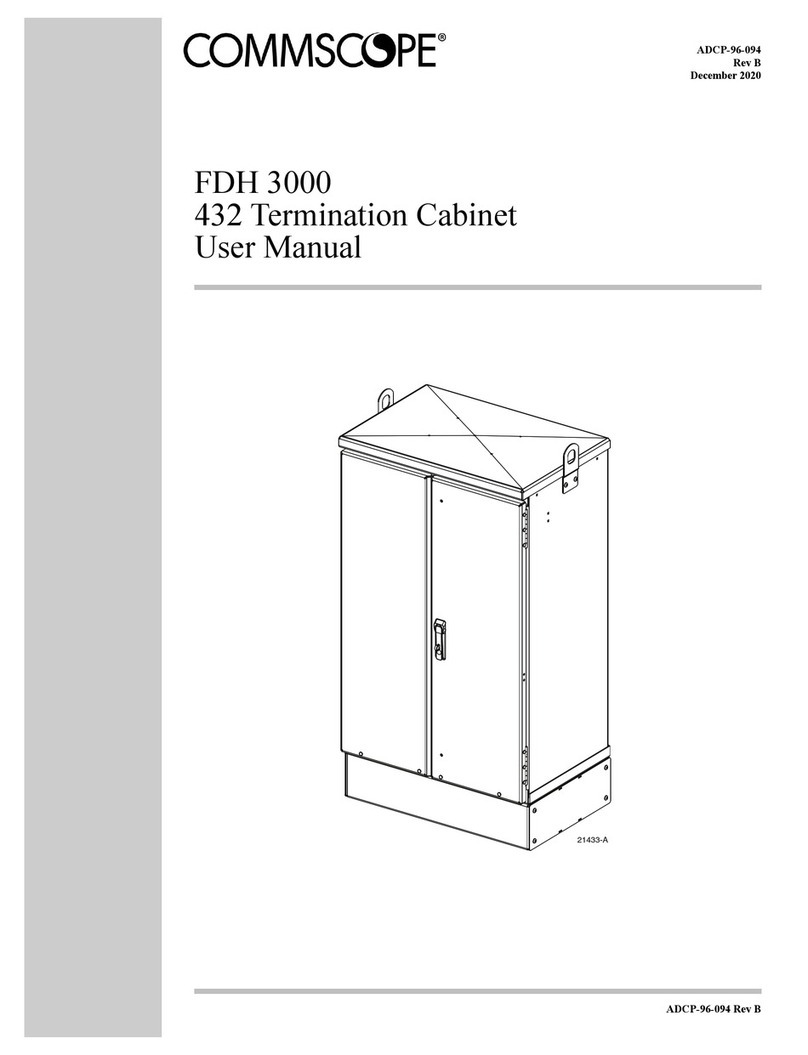
Printed in the Federal Republic of Germany TR-Electronic GmbH 2017, All Rights Reserved
06/26/2018 TR - ELA - BA - GB - 0021 - 04 Page 3 of 26
Table of contents
Table of contents................................................................................................................................ 3
Amendment-index.............................................................................................................................. 5
1 General ............................................................................................................................................. 6
1.1 Scope...................................................................................................................................... 6
1.2 Relevant directives and standards ......................................................................................... 7
1.3 Used abbreviations / Terms.................................................................................................... 8
1.4 Product description................................................................................................................. 8
2 Basic safety instructions................................................................................................................ 9
2.1 Symbol- and note definition.................................................................................................... 9
2.2 Obligation of the operator prior to commissioning.................................................................. 10
2.3 General dangers with the use of this product......................................................................... 10
2.4 Intended use........................................................................................................................... 11
2.5 Non-intended use ................................................................................................................... 11
2.6 Warranty and liability .............................................................................................................. 12
2.7 Organizational measures........................................................................................................ 12
2.8 Personnel selection and -qualification; basic obligations....................................................... 13
2.8.1 Electrical installations design, device selection and erection................................. 13
2.8.2 Inspection, maintenance and repair ....................................................................... 13
2.9 First commissioning / Commissioning.................................................................................... 14
2.10 Assembly, installation and dismantling................................................................................. 14
2.11 Inspection, maintenance and repair..................................................................................... 15
2.12 Special conditions for safe use, marking "X"........................................................................ 16
3 Transport / Storage ......................................................................................................................... 17
4 Technical data.................................................................................................................................. 18
4.1 Power supply.......................................................................................................................... 18
4.2 Mechanical characteristics ..................................................................................................... 18
4.3 Environmental conditions........................................................................................................ 18
4.4 Enclosure materials................................................................................................................ 19
4.5 Explosion protection characteristics....................................................................................... 20
4.5.1 Ex-labeling, gas ...................................................................................................... 20
4.5.2 Ex-labeling, dust ..................................................................................................... 21
5 Assembly.......................................................................................................................................... 22
5.1 Mechanics profile- housing design......................................................................................... 22

